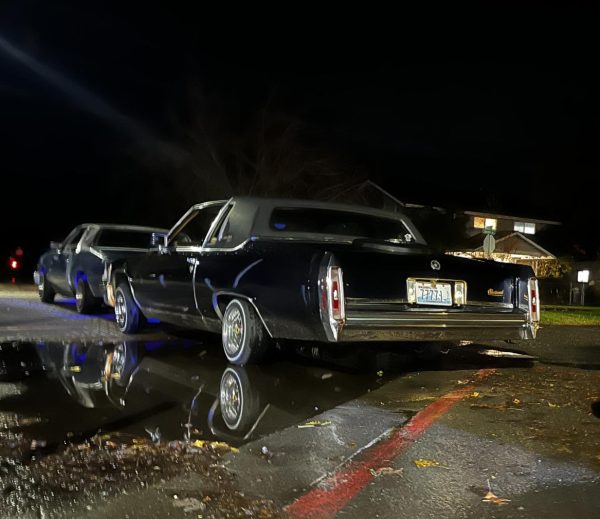Dams Harming Skagit Wildlife
The last century on the Skagit River has been saddening for the people of the Upper Skagit Indian Tribe, the wildlife that is known in the Skagit River have suffered. Many species of fish, as well as the orcas who depend on the Skagit River’s chinook, are facing endangerment and are struggling to survive.
Since three power dams were built by Seattle City Light in the 1900s, 40% of the river has been taken and used for hydroelectric power in King County and surrounding areas. After the dams were built, 40% of fish’s spawning area, where they lay their eggs and grow, was taken from them. Over a century, so much has been lost. All the way up into 2023, the many fish that thrived in the Skagit River long before the dams were built are now struggling to survive.
Population numbers have dropped tremendously, to the point that species like Puget Sound Chinook and Steelhead are now known as endangered.
Finally, after over a hundred years, Native Americans of the Upper Skagit Tribe took it upon themselves to fight for the Skagit River and all the wildlife in it. Scott Schuyler, a policy representative and an Elder of the Upper Skagit Tribe, has made it a personal mission to stand up for the Skagit River and its residential fish.
“It invoked, you know, feelings of harm, or hurt seeing that,” said Schuyler, who has been appointed as a negotiator in the upcoming relicensing of the dams.
Schuyler is talking about the de-watered riverbend between Gorge Dam and Gorge Power House. Seattle City Light says that fish can’t reach this part of the river for a spawning area, which is not historically nor scientifically accurate.
It is important work being done. And at first, the Upper Skagit Indian Tribe was alone trying to bring it to Seattle City Lights’ attention that these dams are causing harm to our cultural ways and beliefs. However, tribes including Swinomish, Sauk-Suiattle are now involved in this fight.
Finally after years of fighting, on April 23, 2023 Seattle City Light officially committed to building fish passages on all three dams on the Skagit River under terms of a new federal license. There is a glimmer of hope with this new decision. And this most definitely is not the end: Upper Skagit wants to start with addressing Gorge Dam, the smallest of the three dams, and seeing if it is ever possible to see it removed, to see the Skagit River returned to a more natural state. However, no one knows if this is a decision that will be made in this generation or the next.




